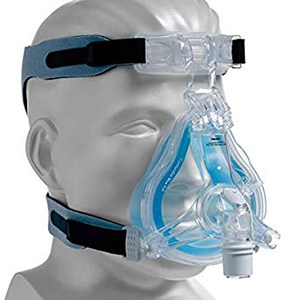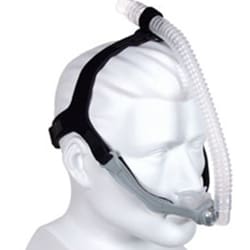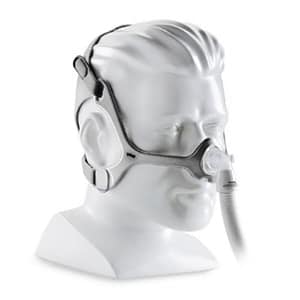- Reviewed + Fact Checked by Dr. SeyedAli Jazaeri, Updated July 09, 2022
Investing in a BiPAP machine won’t amount to anything if you’re not comfortable with the face mask you’re wearing. This is why it’s crucial to know the different types of BiPAP masks. Before buying a BiPAP machine, it’s best to do your research and shop around for a mask that best fits your face, lifestyle, sleeping habits such as if you are a side sleeper and your doctor’s recommendations.
This article gives you an overview of the three types of cpap mask or BiPAP masks you can choose from to get a feel of what may be the perfect fit for you.
Table of Contents
ToggleFull Face Mask
The most common type is the full face BiPAP mask, which covers both your nose and mouth. It is the most secure of the bunch, making it less likely to slip off your face even when you toss and turn in your sleep.
Full face BiPAP masks are ideal for patients with severe sleep apnea, as they need higher pressure for maximum effectiveness. It’s also great for people who breathe through their mouths because it covers both airways.

With a full face mask, you don’t have to deal with mouth leaks too frequently, compared to when you use a nasal mask or plug. That also means no more dry mouth in the morning.
But the full face mask can be a bit bulky. It also prevents you from wearing glasses or reading before going to bed. It’s also not ideal if you feel uncomfortable at the thought of having half of your face covered for the next eight hours.
Fortunately, you still have two other types of BiPAP masks to choose from.
Nasal Pillow
If you tend to feel a bit claustrophobic, a nasal pillow or nasal plug is your best option.
Plugged directly into the nose, it seals the nostrils so that pressurized air is delivered directly into your airways. It’s also easier to wear compared to a full face mask.
The lightweight nasal pillow only covers your nose, so it won’t cause any disturbance in your nighttime routine.

No need to deal with the mask obstructing your line of vision as you read and watch television before bedtime.
You can even have a little chat with your spouse or children because the nasal pillow won’t muffle your voice.
But as easy as it is to put on, it also has a tendency to slide off easily. A single harsh move and you risk yanking it out of your nose during the middle of the night. Thus, it may be a dealbreaker for those who move around too much in their sleep. The inside of your nostrils might also feel a bit raw with constant use.
Nasal Mask
If the nasal pillow is not as secure as you thought it would be, or the full face mask is too suffocating for you, then the nasal mask is the perfect compromise.
You won’t have to deal with the constricting feeling of having half of your face covered. You also won’t have to worry about waking up in the middle of the night to adjust your mask.

The nasal mask starts at the bridge of the nose and goes all the way down to the upper lip area. It delivers an indirect airflow to your airway, which makes it ideal for patients who need higher pressure settings on their BiPAP machine.
The nasal mask is also the most versatile of all BiPAP masks as some brands design masks catering to various facial structures.
It’s not a great option for mouth breathers, though, as the pressurized air can lead to mouth dryness. But you can usually resolve this by using a chin strap to keep your mouth shut while sleeping. If you find it uncomfortable, better skip nasal masks and opt for a full face mask instead.
Final Thoughts
In the end, choosing from the different types of BiPAP masks all boils down to facial anatomy and personal preference.
For those who would like better coverage, a full face mask is worth checking out. However, if you prefer utmost flexibility, a nasal mask or pillow is the right option.
Are you ready to find the best BiPAP mask for you? Start exploring the market to find the BiPAP mask that will give you a great night’s sleep.

